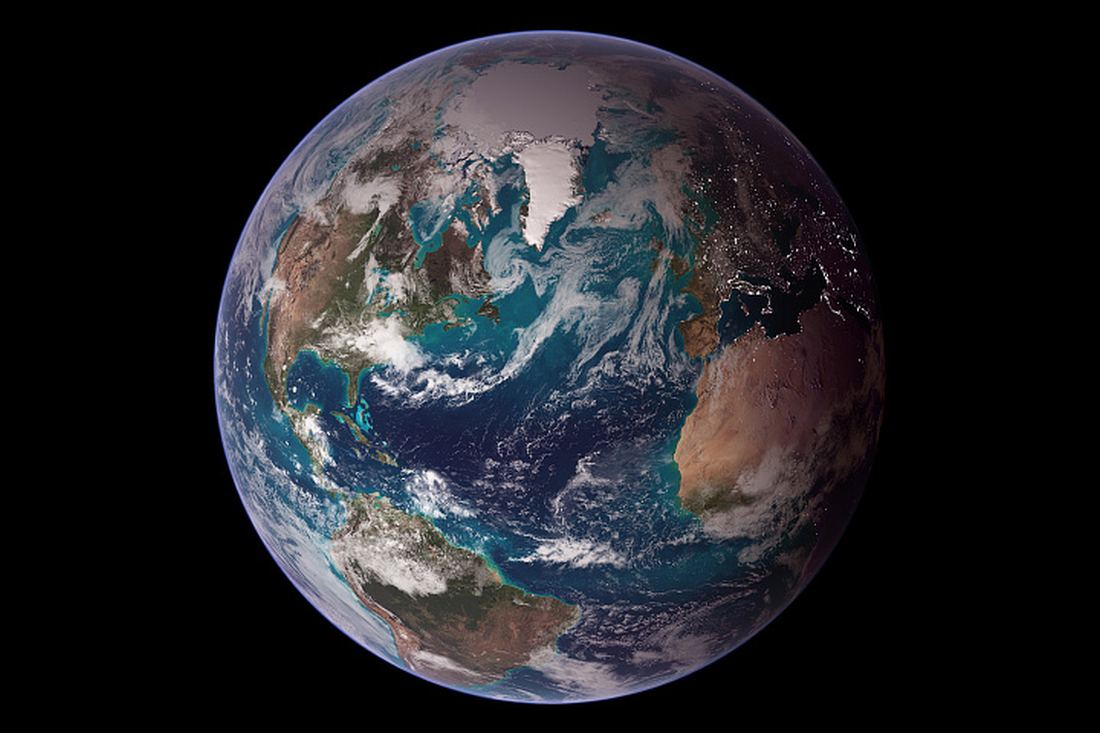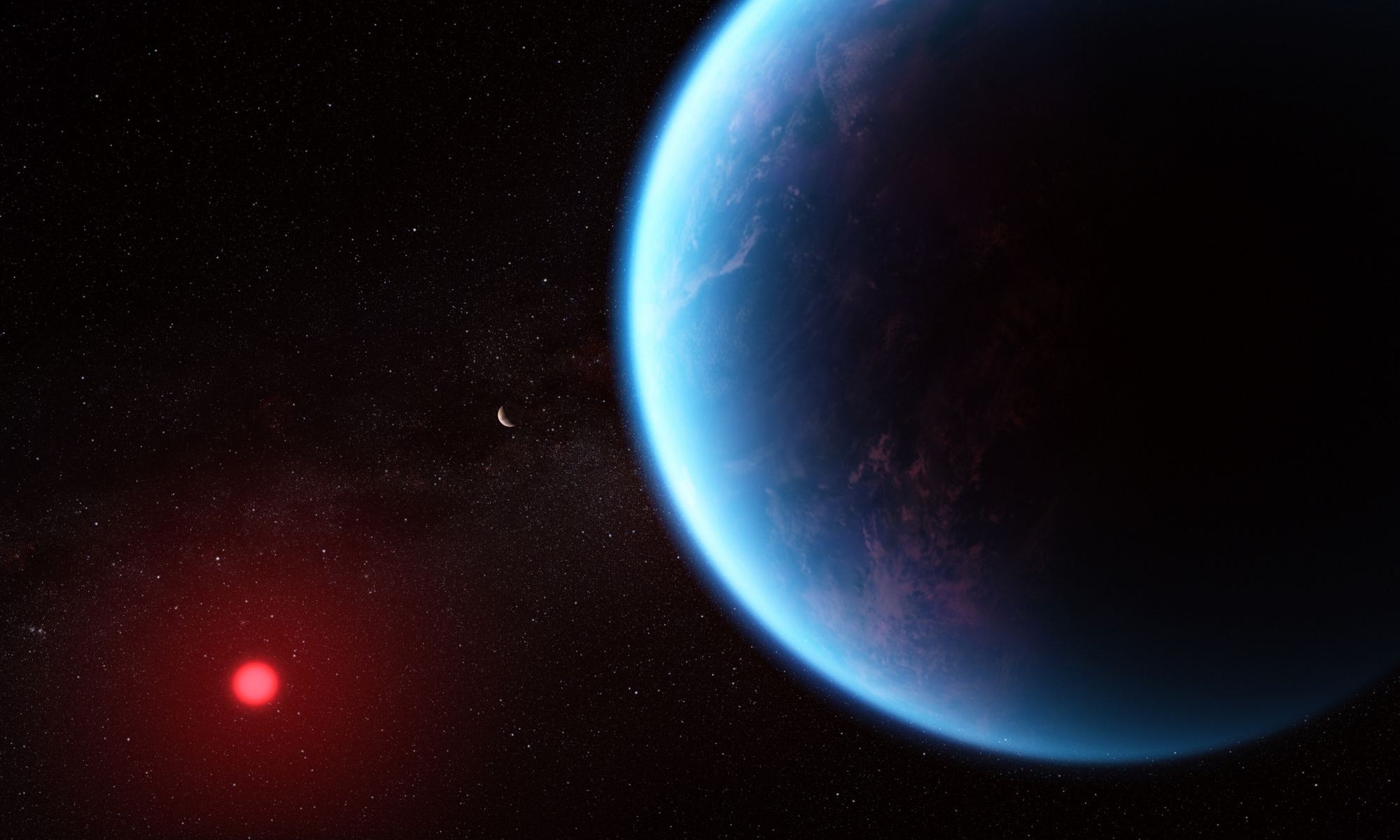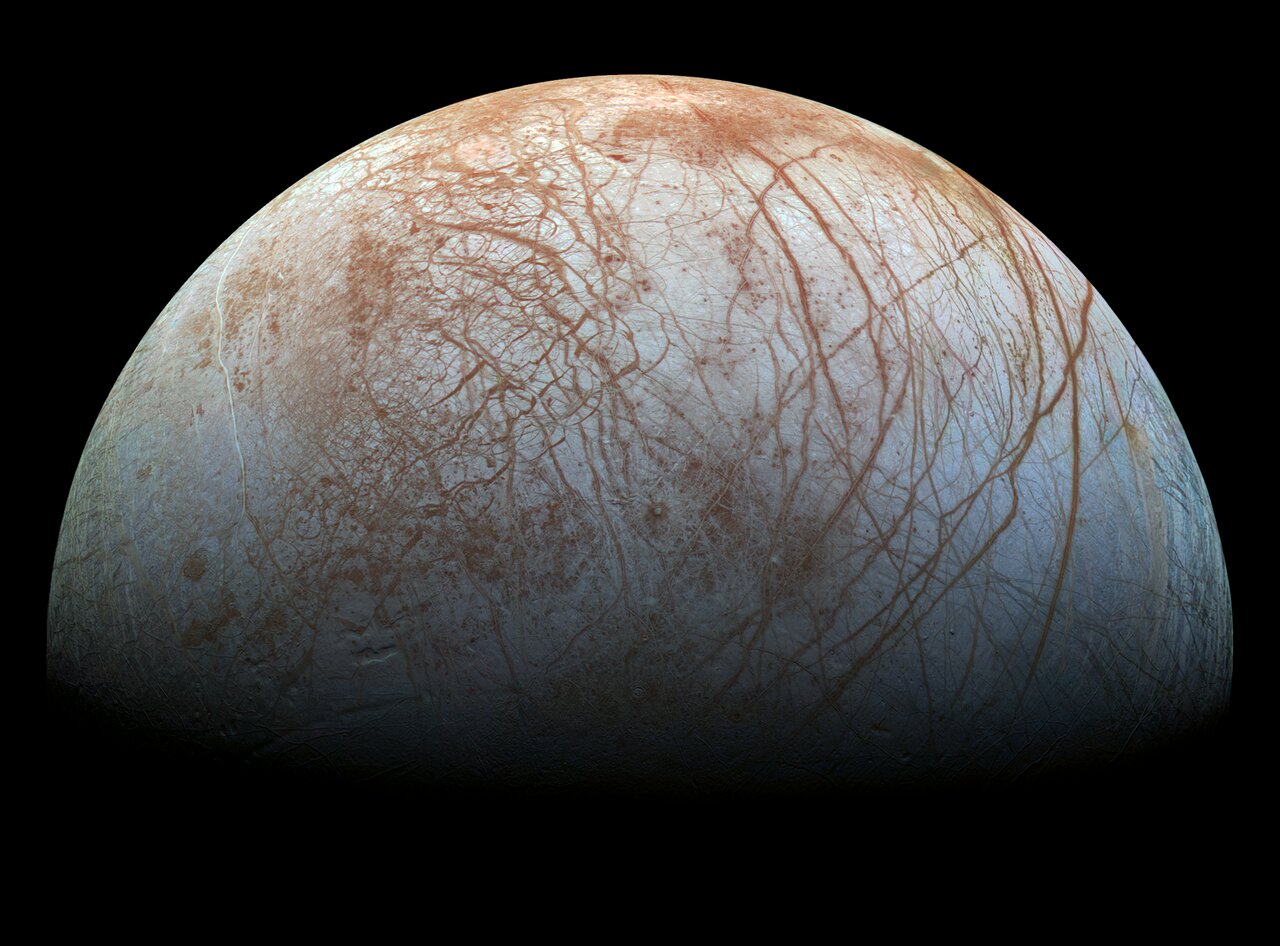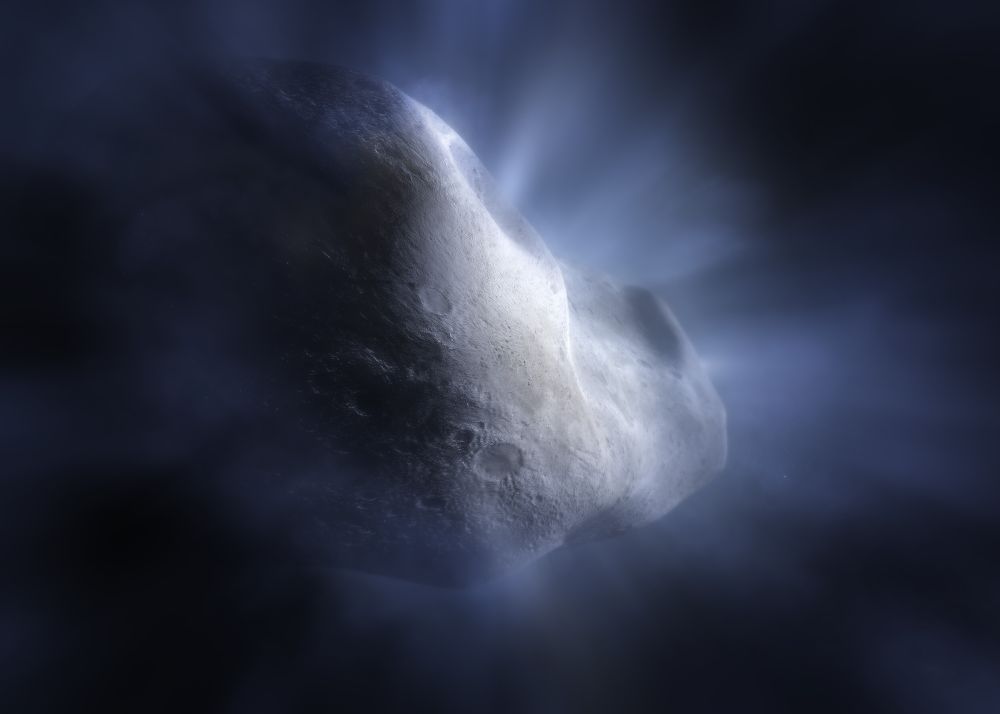Mars’ ancient climate is one of our Solar System’s most perplexing mysteries. The planet was once wet and warm; now it’s dry and cold. Whatever befell the planet, it didn’t happen all at once.
New research shows that on ancient cold Mars, sheets of frozen carbon dioxide allowed rivers to flow and a sea the size of the Mediterranean to exist.
Continue reading “Flowing Martian Water was Protected by Sheets of Carbon Dioxide”









